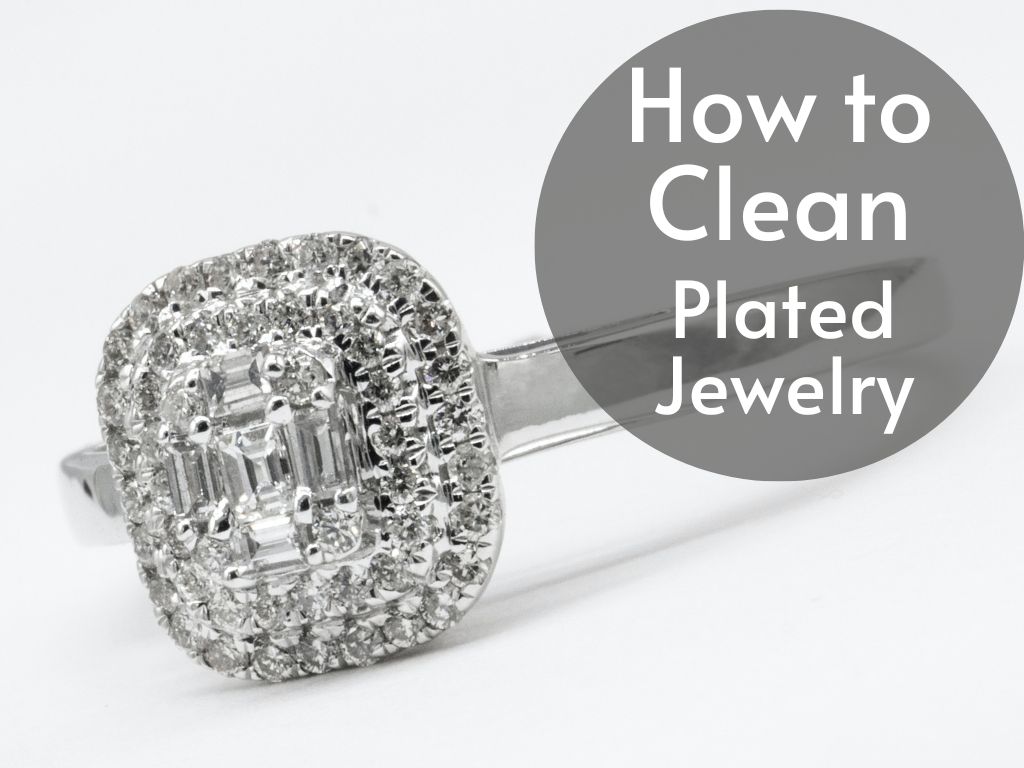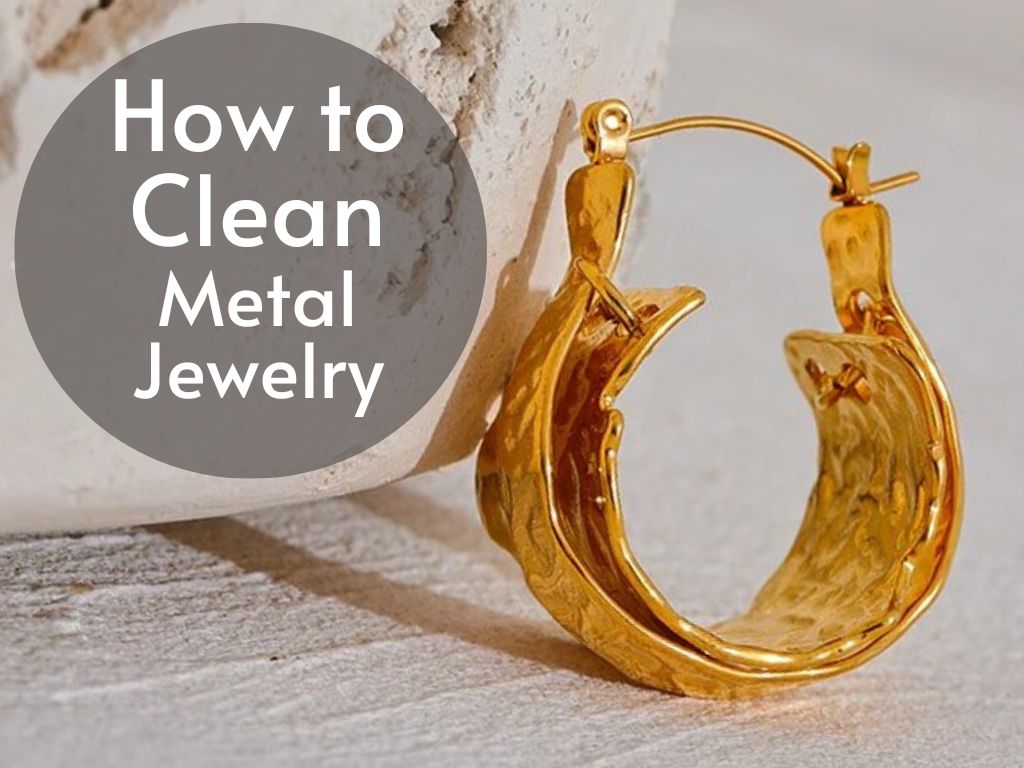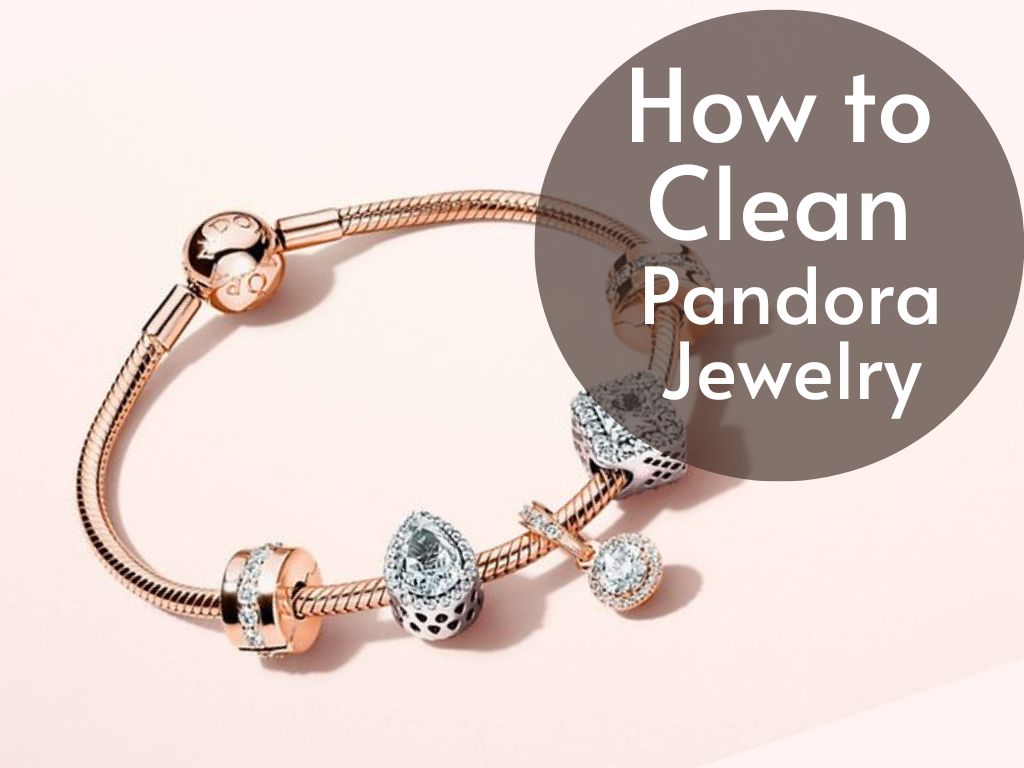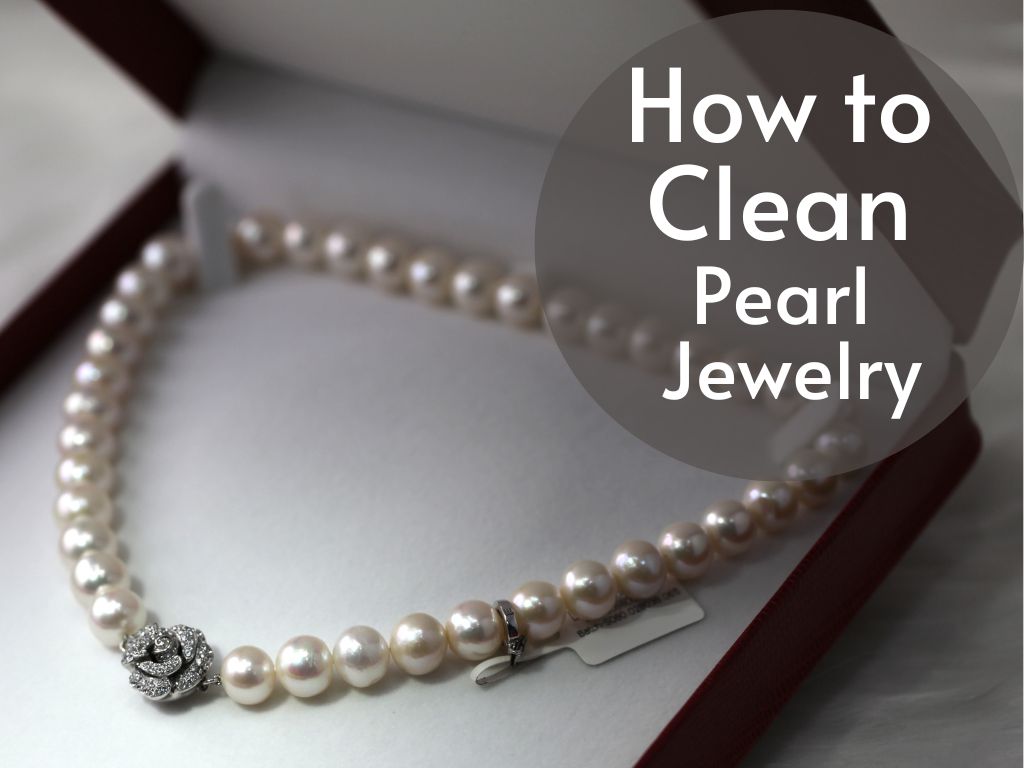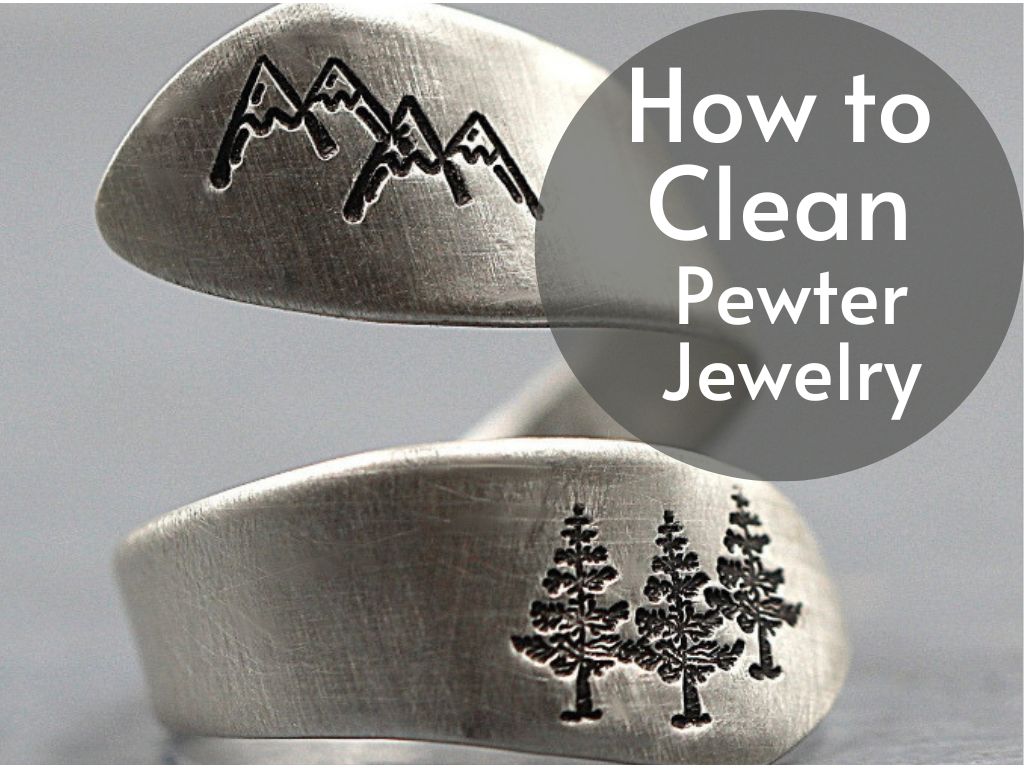Welcome to the world of plated jewelry, where elegance meets affordability. Plated jewelry refers to pieces that have a base metal, such as copper or brass, coated with a thin layer of precious metal like gold, silver, rhodium, or platinum.
This process gives the jewelry a stunning appearance that closely resembles its solid precious metal counterparts while being more budget-friendly. However, it is crucial to understand that plated jewelry requires regular care and maintenance to ensure its shine and longevity.
Brief Explanation of Plated Jewelry
Plated jewelry is created through an electroplating process in which a layer of precious metal is deposited onto the surface of the base metal piece. This thin layer not only enhances the beauty and luster of the jewelry but also provides protection against corrosion and wear.
The thickness of the plating can vary depending on the quality and cost of the piece. The most common types of plating used in jewelry are gold, silver, rhodium, and platinum.
Gold-plated jewelry features a layer of gold over a base metal surface, giving it a luxurious golden hue at an affordable price point. Silver-plated pieces have a thin silver coating applied over other metals to achieve that classic silver shine.
Importance of Regular Cleaning to Maintain Shine and Longevity
Cleaning your plated jewelry regularly is essential for maintaining its stunning appearance and ensuring its longevity. Over time, dirt particles from everyday wear can accumulate on the surface of your jewelry, dulling its shine and luster.
Additionally, body oils or lotions can cause a gradual breakdown in the plating if not cleaned properly. By implementing regular cleaning practices into your routine, you can prevent tarnishing or fading while extending the lifespan of your favorite pieces.
Cleaning removes dirt buildup that can act as an abrasive and reduce the overall brilliance of the jewelry. It also helps to remove any oils or residues that may have accumulated, restoring its original radiance.
Not only does regular cleaning enhance the visual appeal of your plated jewelry, but it also helps to maintain its structural integrity. By removing dirt and debris, you prevent them from getting lodged in crevices or delicate areas, reducing the risk of damage or breakage.
Understanding Plated Jewelry
Definition and Composition of Plated Jewelry
Plated jewelry is a type of jewelry that consists of a base metal coated with a thin layer of precious metal, such as gold, silver, rhodium, or other precious metals. The base metal is typically made from materials such as copper, brass, or stainless steel.
This manufacturing process allows for the creation of affordable jewelry pieces that resemble their more expensive solid counterparts. The plating process involves the deposition of a thin layer of the desired precious metal onto the surface of the base metal.
This layer is usually only a few microns thick but provides the aesthetic appeal and luster associated with that particular precious metal. It is important to note that while plated jewelry looks similar to solid gold or silver jewelry, it does not contain as much actual precious metal.
Common Types of Plating
Plated jewelry comes in various types depending on the type of precious metal used for coating. Some popular types include gold-plated, silver-plated, rhodium-plated, and rose gold-plated jewelry.
Gold-plating involves coating the base metal with a thin layer of gold. The thickness and karat value (e.g., 18k or 24k) can vary, affecting both its appearance and durability.
Silver-plating follows a similar process using silver instead. Rhodium plating utilizes rhodium—a highly reflective white metal—to provide durability and resistance to tarnish for white gold or silver-colored jewelry.
Rose gold-plating entails applying a delicate blush-colored layer to achieve an elegant rose-gold appearance. Other variants like black rhodium plating create dramatic effects by darkening the surface.
Advantages and Disadvantages of Plated Jewelry
Plated jewelry offers several advantages over its solid counterparts. First and foremost is its affordability; plated jewelry allows individuals to enjoy the luxurious appearance of precious metals at a fraction of the cost.
Additionally, plated jewelry often weighs less than solid jewelry, making it more comfortable to wear. However, there are some disadvantages to consider.
The thin layer of precious metal on plated jewelry can wear off over time, especially if exposed to frequent scratching or chemical agents. This can result in diminished luster and reveal the base metal underneath.
Plated jewelry may also tarnish more easily compared to solid gold or silver jewelry. However, with proper care and maintenance, these issues can be mitigated.
Understanding the composition, types, and pros and cons of plated jewelry is crucial for maintaining its longevity and appearance. By being aware of these factors, you can make informed decisions regarding your purchase and learn how to care for your cherished pieces properly.
Preparing for Cleaning
Gathering necessary materials
Before embarking on the task of cleaning your beloved plated jewelry, it is vital to gather all the necessary materials to ensure a thorough and effective cleaning process. The following items will help you achieve optimal results:
1. Soft cloth: Choose a soft, lint-free cloth specifically designed for delicate surfaces. This will prevent any scratching or damage to the jewelry during the cleaning process.
2. Mild soap: Select a gentle, non-abrasive soap that is free from harsh chemicals or additives. Avoid using harsh detergents or abrasive cleaners, as they can harm the plating on your jewelry.
3. Lukewarm water: Use lukewarm water that is not too hot or cold to avoid any adverse effects on the plated jewelry. Extreme temperatures can cause warping or discoloration.
4. Toothbrush: Opt for a soft-bristled toothbrush that will effectively remove dirt and grime without causing any scratches or damage to the delicate surface of your plated jewelry. 5. Microfiber cloth: Once the cleaning process is complete, a microfiber cloth is ideal for gently drying and polishing your jewelry without leaving behind any lint or residue.
Creating a safe cleaning environment
To ensure an efficient and safe cleaning experience, it is essential to create an appropriate environment conducive to handling and caring for your plated jewelry properly: 1. Well-lit area: Find a well-lit space in your home with ample natural light or good artificial lighting to accurately inspect and evaluate your jewelry’s condition during the cleaning process. 2. Clean surface: Choose a clean and clutter-free surface such as a table or countertop where you can comfortably lay out all the required materials without risking damage to them or misplacing anything important.
By gathering these essential materials and creating an appropriate setting for cleaning, you are adequately prepared to embark on the journey of restoring your plated jewelry to its former glory. Taking these steps will help ensure a successful and enjoyable cleaning experience while safeguarding the integrity of your precious pieces.
Cleaning Techniques for Plated Jewelry
Step-by-step instructions for basic cleaning:
To ensure the longevity of your plated jewelry and restore its radiant shine, a regular cleaning routine is essential. Follow these simple step-by-step instructions to effectively clean your precious pieces: 1.
Fill a small bowl with lukewarm water: Begin by selecting a small bowl that can comfortably accommodate your jewelry pieces. Fill it with lukewarm water, ensuring that the temperature isn’t too hot or too cold.
Extreme temperatures can potentially damage the plating. 2.
Add a few drops of mild soap to create a soapy solution: Choose a mild soap that is gentle and non-abrasive to avoid damaging the delicate plating. Liquid dish soap or hand soap will suffice.
Add just a few drops of the soap to the water and gently mix it until it creates a soapy solution. 3.
Gently place the plated jewelry in the bowl: Carefully lower your plated jewelry into the prepared bowl, ensuring that each piece is fully submerged in the soapy solution. Avoid overcrowding the bowl; if you have multiple items, clean them one at a time or use separate bowls if necessary.
4. Let it soak for about 5-10 minutes to loosen dirt and grime: Allow your jewelry to sit in the soapy solution for approximately 5-10 minutes.
This soaking period will help loosen any accumulated dirt, oils, or residue on the surface of your plated pieces. 5.
Use a soft toothbrush to gently scrub the jewelry, paying attention to intricate details: After soaking, take a soft toothbrush (preferably one with extra-soft bristles) and gently scrub each piece of jewelry in circular motions. Pay special attention to intricate details such as engravings, gem settings, and textured surfaces.
The gentle brushing action will help remove any remaining dirt or grime. 6.
Rinse the jewelry under running water to remove all traces of soap: Once you’ve finished scrubbing, rinse the jewelry under cool running water to ensure all traces of soap are removed. Make sure to thoroughly rinse each piece, ensuring no residue is left behind that could potentially dull the shine or irritate your skin.
7. Pat dry with a soft cloth or let it air dry: Finally, gently pat dry your cleaned jewelry using a soft cloth.
Ensure that the cloth is clean and free from any fibers that may snag on delicate surfaces. Alternatively, you can place the jewelry on a clean towel or an absorbent surface and allow it to air-dry completely before storing or wearing it again.
By following these simple steps, you can effectively clean your plated jewelry without causing any damage or compromising its lustrous appearance. Remember to handle your precious pieces with care throughout the cleaning process to maintain their beauty and extend their lifespan.
Dealing with Stubborn Stains or Tarnish
Exploring Alternative Cleaning Methods
Stubborn stains and tarnish can be a pesky challenge when it comes to cleaning plated jewelry. However, fret not! There are alternative cleaning methods you can try to restore the shine and luster of your beloved pieces.
Here are two effective methods that utilize common household ingredients:
1. Using Baking Soda Paste
Baking soda, with its gentle abrasiveness, is an excellent natural cleaner for removing tarnish from plated jewelry. To create a baking soda paste, mix equal parts baking soda and water until you achieve a thick consistency. Apply the paste onto the tarnished areas of your jewelry, using a soft cloth or an old toothbrush to gently rub it in circular motions. Be careful not to use excessive force as it may scratch the delicate surface of the plating. Once you’ve thoroughly cleaned the piece, rinse it under lukewarm water and ensure all traces of baking soda are removed. Pat dry with a soft cloth or let it air dry.
2. Using Vinegar Solution
White vinegar is another powerful ingredient that can help remove tough stains and tarnish from plated jewelry. For this method, mix equal parts white vinegar and lukewarm water in a small bowl or container. Submerge your jewelry in the solution and allow it to soak for approximately 15 minutes—this will help loosen any grime or discoloration on the surface of your piece. After soaking, take a soft toothbrush and gently scrub each section of the jewelry, paying extra attention to intricate details if applicable. Once you’ve completed scrubbing, rinse your jewelry under running water to remove any remaining vinegar solution residue thoroughly.
Conclusion
Cleaning plated jewelry doesn’t have to be an arduous task, especially when armed with the knowledge of alternative cleaning methods. By utilizing baking soda paste or a vinegar solution, you can effectively combat stubborn stains and tarnish, restoring your jewelry’s brilliance.
Remember to exercise caution and use gentle techniques to prevent any damage to the delicate plating. With regular cleaning and proper care, your plated jewelry will continue to dazzle for years to come!

